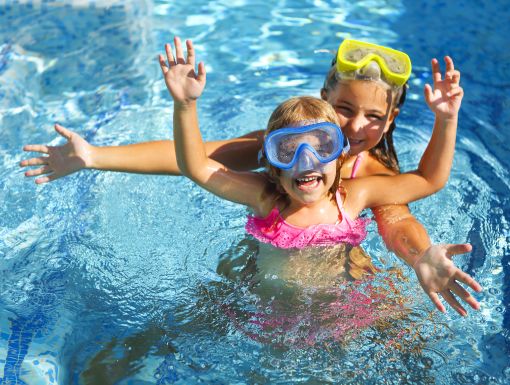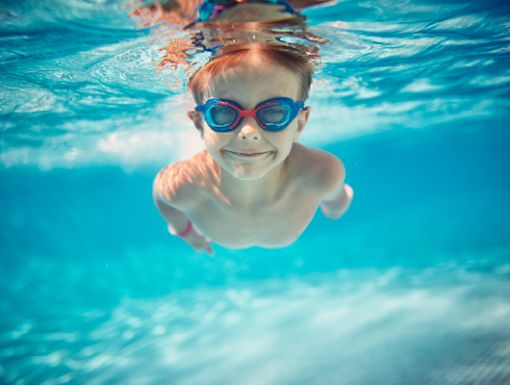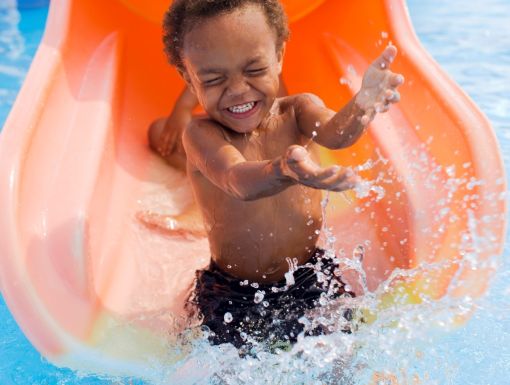
How to Get Chlorine Out of Eyes and Relieve 'Swimmer's Eye'
Splashing around in the pool is a wonderful way to spend the dog days of summer. On top of protecting your skin from sun exposure, you also need to protect your eyes. Swimmer’s eye is the irritation of the eyes due to chlorine exposure and dry eyes. Excessive chlorine in your eyes can make dry eyes even worse, which provides the perfect breeding ground for this pesky irritation. How do you prevent eye irritation and even swimmer’s eye after taking a dip in the pool? First thing’s first: Get chlorine out of your eyes.
How to get chlorine out of eyes
It is inevitable for chlorine to get into your eyes or your child’s eyes from time to time, but properly managing how much – and how often – is important to prevent further irritation and even chemical conjunctivitis, which looks like “pink eye,” or an eye infection. It’s especially important to prevent chlorine from encountering contact lenses, as water can become trapped between the lens and the eyeball and cause significant irritation and damage.
Wear goggles
Wearing goggles that are properly fitted to the face will help prevent chlorine and water from getting into your eyes. Goggles should fit snuggly around the eyes and nose for ultimate protection from chlorine exposure. It’s recommended to wear goggles when swimming underwater in any water, not just chlorinated pools. If you’re swimming in a lake, pond or ocean, protecting your eyes from the water is equally as important, due to the presence of natural bacteria, algae and more.
Rinse!
Rinsing your eyes with fresh, non-chlorinated water after chlorine exposure is the best way to prevent eye irritation from pool chemicals. Using over the counter artificial tears is another way to dilute the chlorine and rinse the eye surface itself. Take it one step further and rinse your whole body to prevent chlorinated water from dripping into your eyes post-dip.
Apply a cold compress
After flushing your eyes with water, apply a cold compress to your eyes. Not only will the coolness of the compress soothe the irritated eye, but it will help promote natural production of tears, which will then continue to flush out the chlorine and other irritants from the eyes.
Rinse with sterile saline solution
If enough chlorine has gotten into your eyes and you notice extreme redness or dryness, you might want to opt for a sterile saline solution (also known as Eyewash). Flush your eyes with this solution for 15-20 minutes. Follow this with 1 or 2 drops of an artificial tear (preferably preservative-free) every hour after swimming for the next 4-6 hours. Look for eyedrops that say “lubricating” or “artificial tears." Never use Visine or other “get the red out drops,” as these can cause dry eyes and make the problem worse. Furthermore, drops like Visine can cause rebound vasodilation, which is a term for when the blood vessels of the eyes remain engorged or swollen, resulting in chronic red, dry eyes.
Most cases of eye irritation from chlorine exposure resolve within 24 hours, especially with proper care and protection. If you notice that your eyes are irritated for more than two days or you have developed discharge from your eyes, it’s time to contact your eye doctor, as these could be signs of viral or bacterial conjunctivitis.
To make an appointment with an ophthalmologist, please click here.



